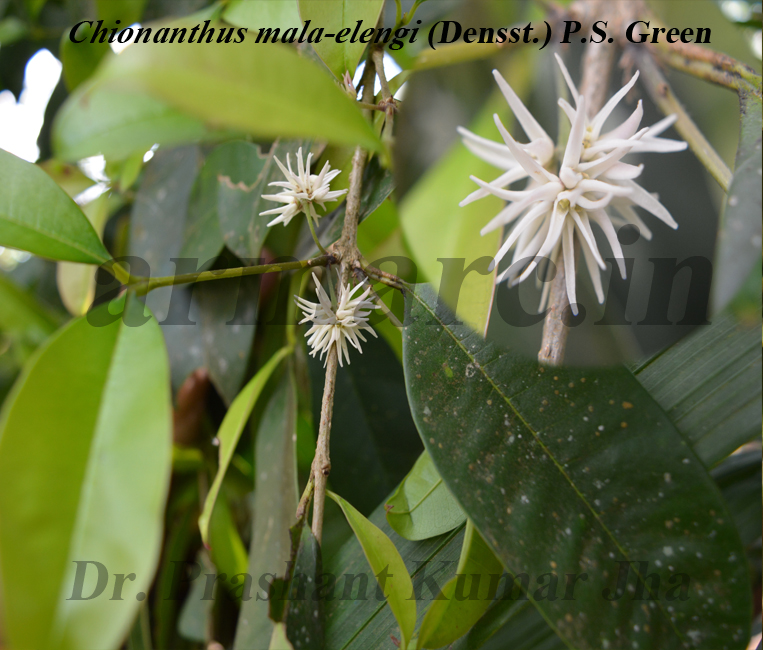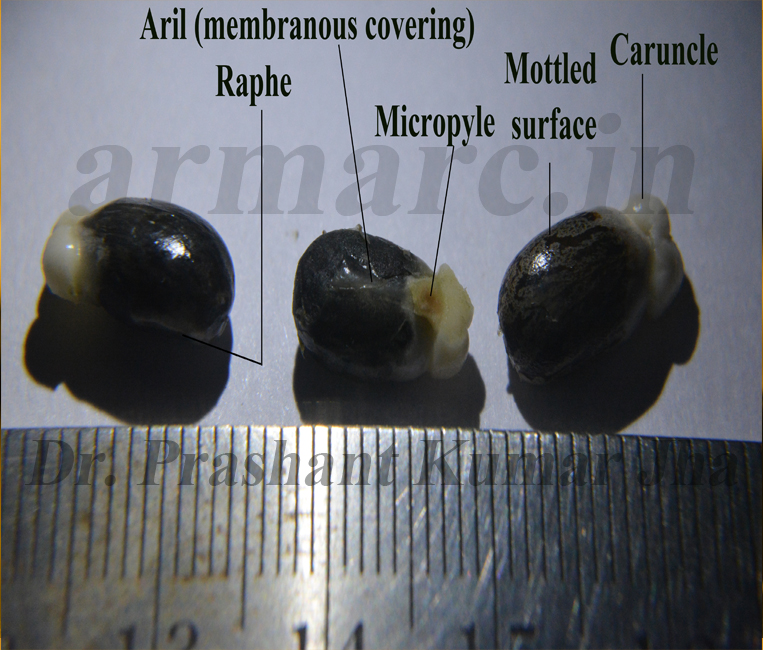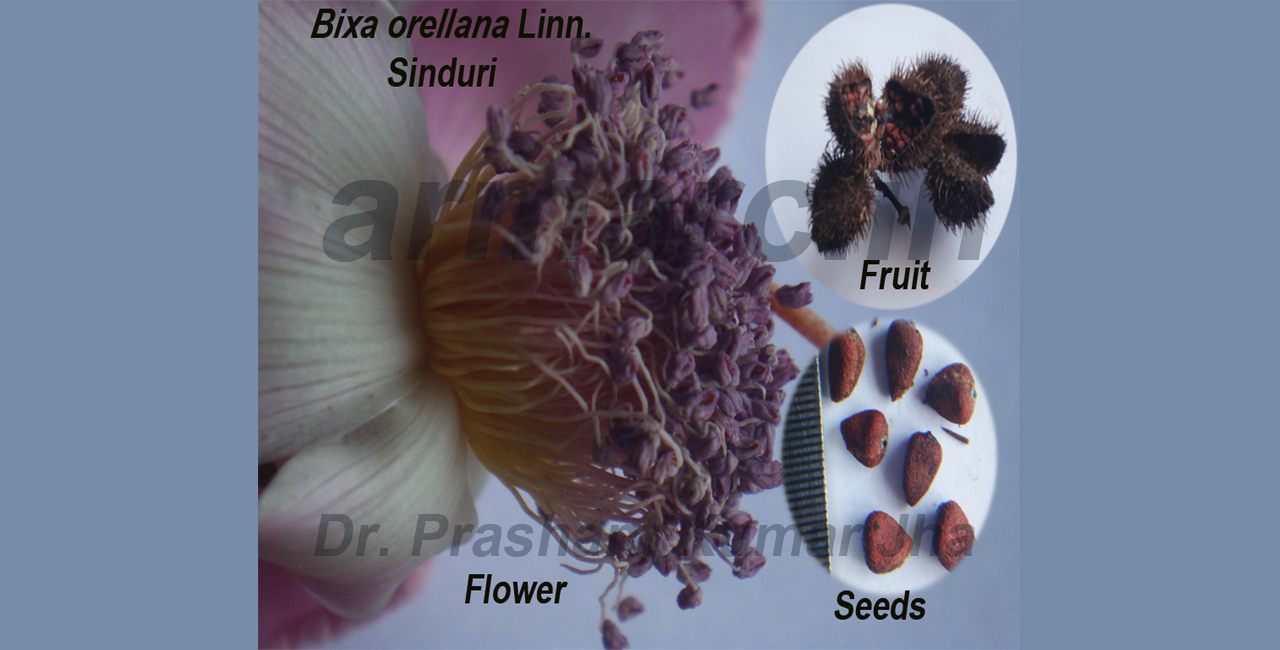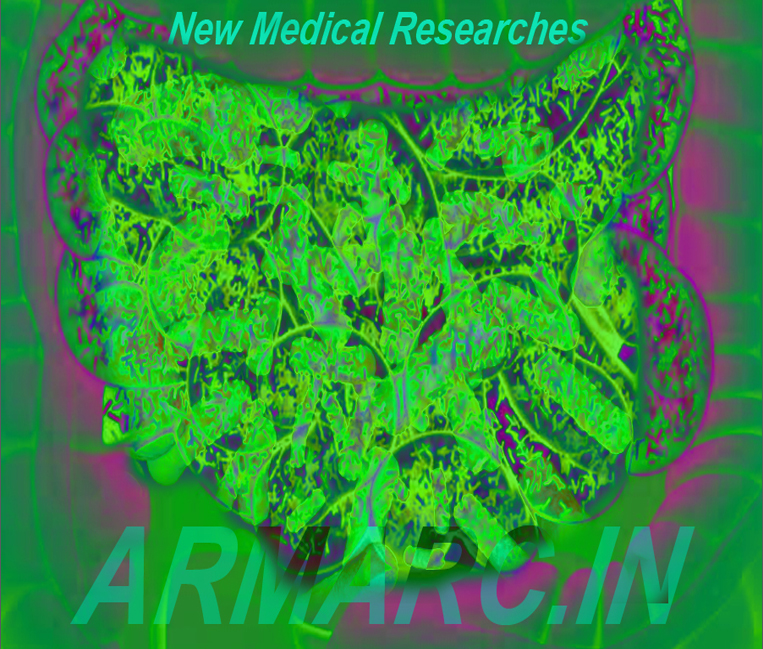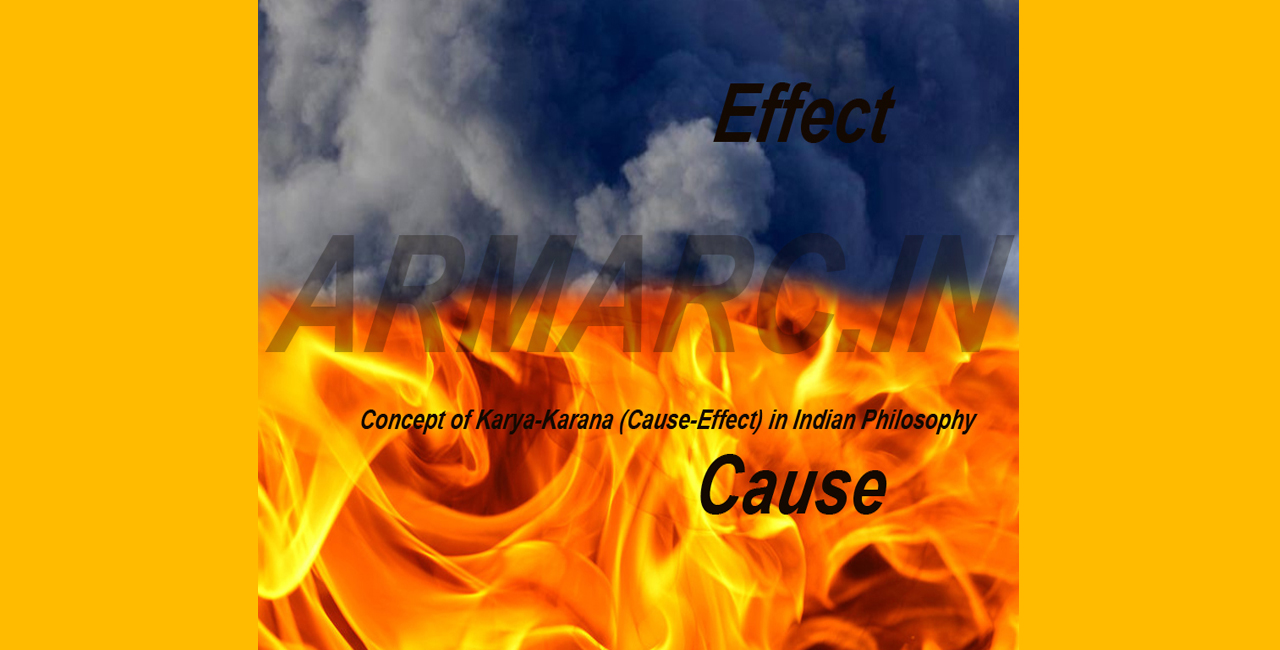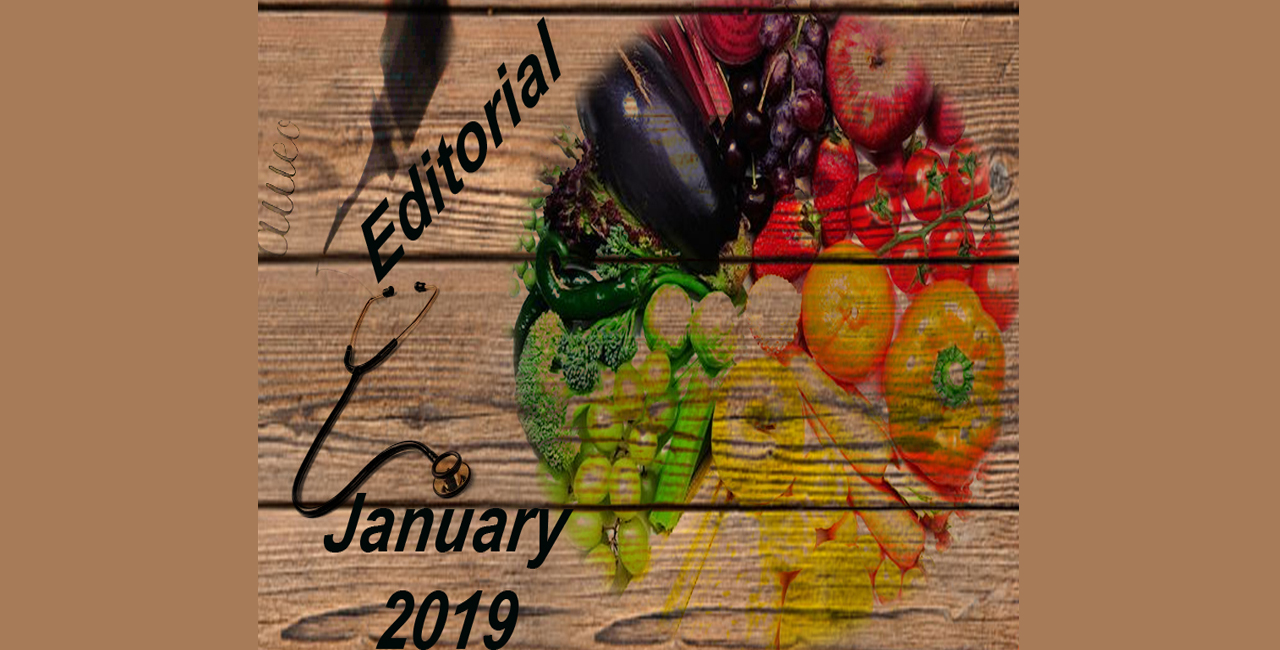
Evolvulus alsinoides Linn. (Vishnukranta)
It is an appressed hairy herb. Leaves are 1-2.5 - 0.5-1 cm, ovate, elliptic or oblong. Flowers are axillary and solitary. Capsules are 0.3-05 cm across and rounded. Seeds are oblong, smooth and dark-brown.
The whole plant is used as brain tonic. The decoction of plant is given as blood purifier. Evolvine, an alkaloid of plant is used as stimulant for respiration and blood pressure.


